Here in this blog, we will do it all that first-time trekkers need to know—from a beginner’s guide to the trekking experience to tips, gear, and what not to do.
For beginners, the prospect of trekking through the unmapped landscape and scenery might sound intimidating, but with careful planning and an adventurous spirit, the journey can be immensely fruitful. This trekking tour guide is made to demystify the process and guide you through for a simple venture.
Overview
Nepal is renowned for its high mountains, including eight of the world’s highest peaks. Apart from such highlight peaks, Nepal also has some trekking routes that zigzag through villages, rice paddies, and forest. The Nepalese treks are popular, and there is a support system to guide you along the way, from clean teahouses with neat rooms to veteran guides who can take you safely through the mountains.
One of the best things about trekking in Nepal is how easy it is. With treks that cater to every degree of fitness, the nation is welcoming to those who are inexperienced at trekking and have not hiked much at all. The fact that there is so beautiful natural landscape, as well as so friendly inhabitants and such camaraderie among the trails, makes Nepal a great destination for beginners who enjoy the outdoors.
Nepal Trekking Trails for Beginners
To begin with, several of Nepal’s treks are well-suited for novice trekkers. Of these, most likely to be popular is the Ghorepani Poon Hill Trek. It offers wonderful vistas of the Annapurna and Dhaulagiri Himalayas and is a perfect first-timer’s trek, with popular slopes and not too much of daily distance.
The other grand option is the Annapurna Base Camp Trek (in its easier forms). While the base camp itself is in a high-altitude region, there are numerous forms of this trek which can be made accessible to beginners with proper acclimatization and time to appreciate the views around. This is without the need for high-level technical mountaineering.
For such travellers who enjoy walking a comparatively less popular track, the Langtang Valley Trek is the blend of culture and nature. The trek, while walking through the villages inhabited by local villagers, offers insights into local cultures while maintaining trekking challenges on a scale most suitable for beginner trekkers.
Tips for Trekking for Beginners
Preparation is the key to being capable of enjoying your trekking adventure both comfortably and securely. Start by exercising on a regular basis—cardio exercises, hiking, or fast walking can prepare you for multi-day treks. Acclimatization is the second important element. Anyone can be susceptible to altitude sickness, so map your itinerary in such a way that gradual ascending is feasible and involves rest days so that your body acclimatizes.
Trekking with a local guide or group might be a tremendous difference. Not only will they assure your safety on new terrain, but they will also impart their local expertise, cultural tales, and suggestions which you would miss when going alone. It also works if you pick up a few Nepali words to develop a relationship with locals and enhance your holiday experience.
Be aware of your safety: track weather conditions, inform someone about your itinerary, and do not go hiking if you are alone and a newcomer. Having some flexibility in changing schedules and preparedness to accommodate changing circumstances might make the difference between stress and real enjoyment.
Basic Packing List & Equipment for First-Time Trekkers
Packaging for a trek to Nepal involves trade-offs between security, comfort, and functionality. The following is part of what you will want to be carrying in your backpack:
- Footwear: Spend money on reliable water-resistant trekking boots well broken-in.
- Clothing: Wear layered clothing. Bring moisture-wicking base layers, a mid-insulating layer, and a waterproof and windproof wind breaker.
- Backpack: A sufficiently supportive, close-fitting backpack with capacity proportional to length of stay is a must.
- Accessories: Don’t forget items like a hat, gloves, and sunglasses. Walking poles can also be very helpful on uneven or sloping ground.
- Miscellaneous: First-aid kit, refillable water bottle, snacks, and power bank for your devices must be included.
Remember, travelling light but effectively will enhance your mobility and overall hiking experience.
Common Errors to Avoid
Most beginners underestimate the physical aspect of trekking. Excessive load or neglect of acclimatization results in unnecessary fatigue and altitude issues. Ease up and pay attention to your body—hourly or so breaks can prevent injuries and enable you to appreciate the view to the fullest.
Another frequent error is also insufficient research on the trail. Each trek in Nepal presents its own conditions and weather patterns. Ensure that you know the trail’s specifics, local customs, and emergency procedures prior to embarking. Lastly, do not overlook the advice of local experts. Their first-hand knowledge of the terrain and weather conditions is irreplaceable, and their advice can save you from harm.
Conclusion
Nepal trekking is equally a trek of beauty as it is a trek of self-discovery. Proper plan, proper preparation, and the right attitude are what allow an amateur to indulge to the fullest and accomplish the trek safely. So put on your trekking shoes, strap on your pack, and embark on the trek of a lifetime to the mystical land of Nepal. Trek in pure delight, enjoy each step, and be inspired by the mountains!
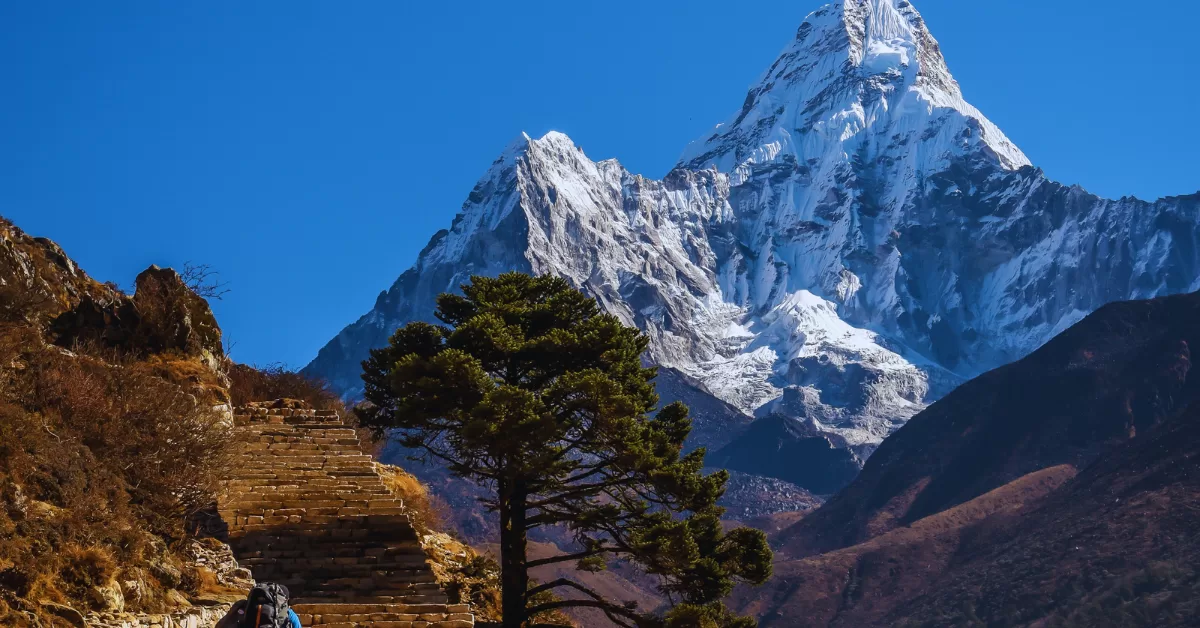


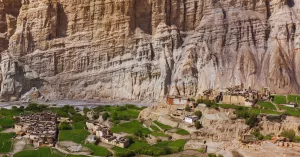

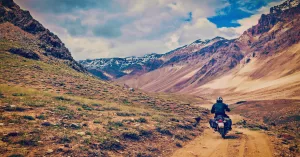
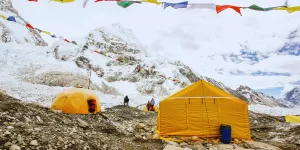

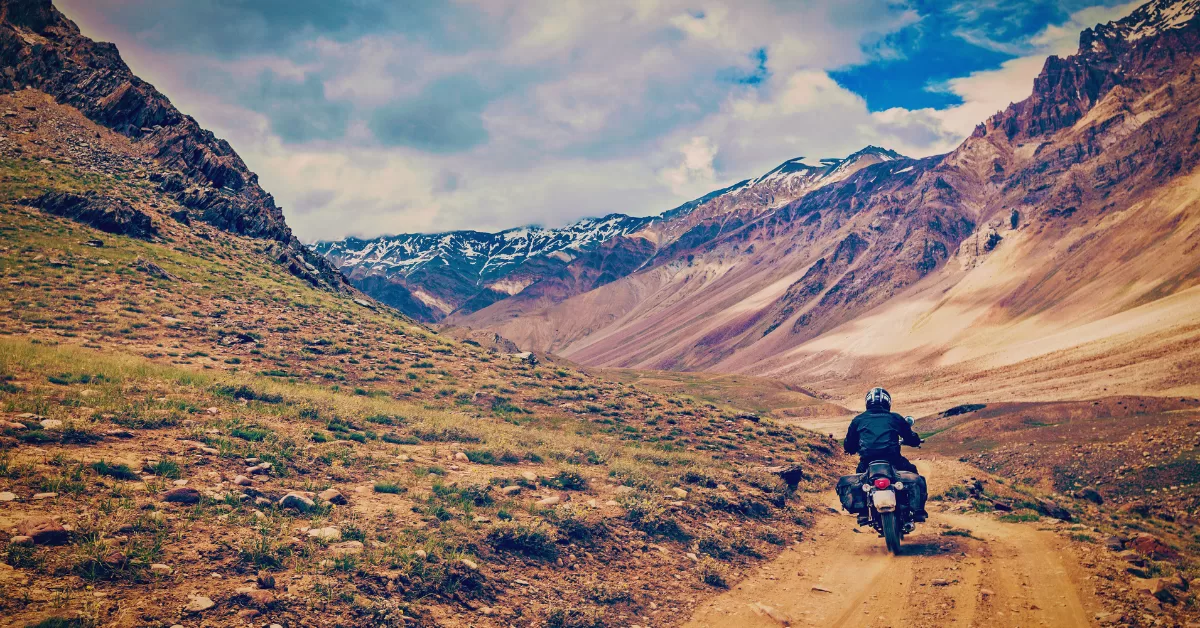
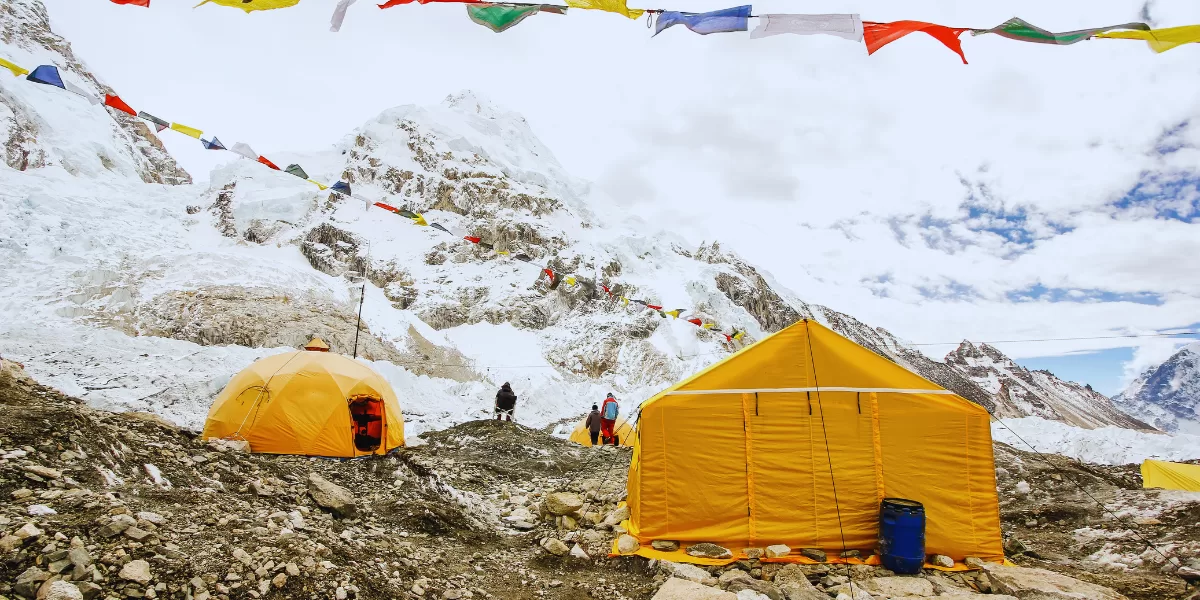
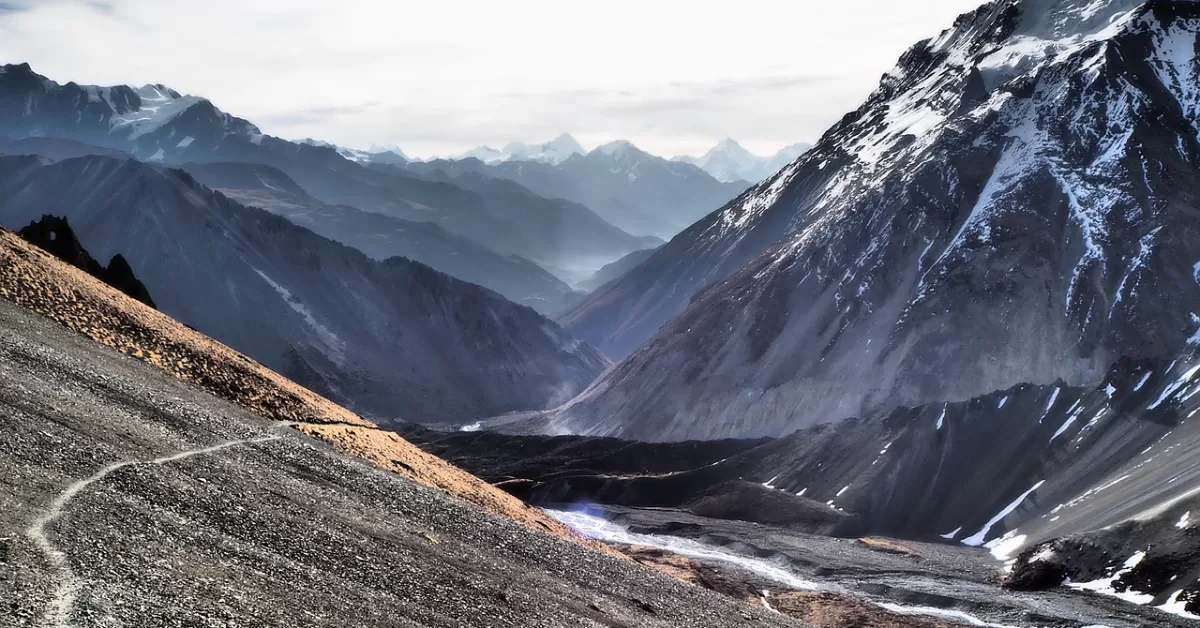
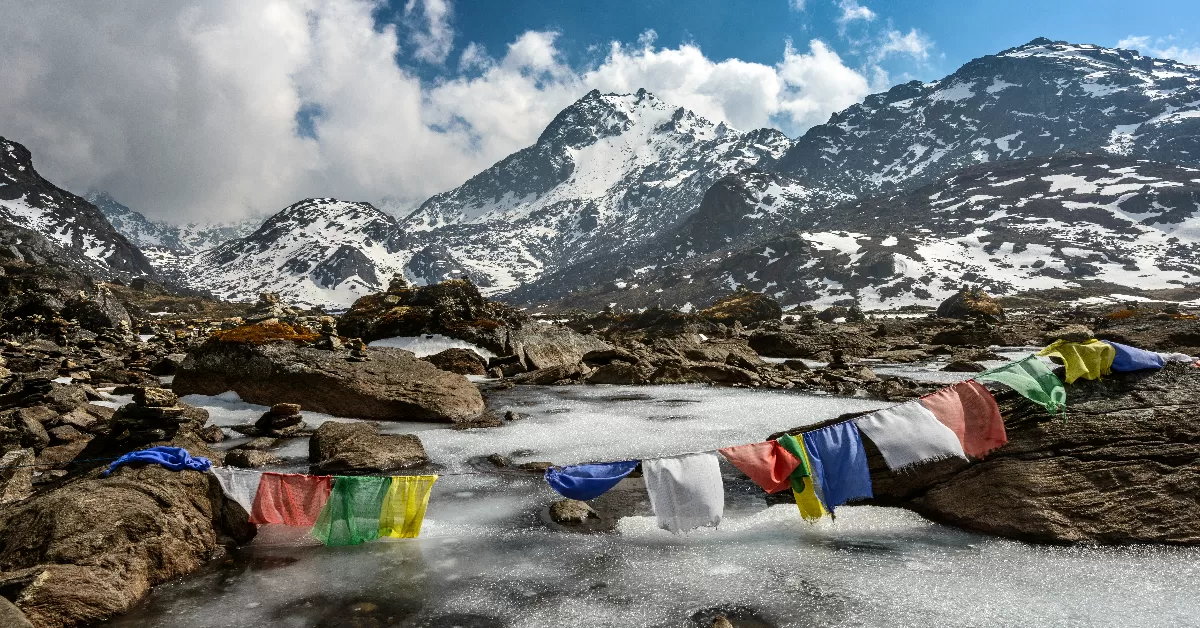

Leave a comment